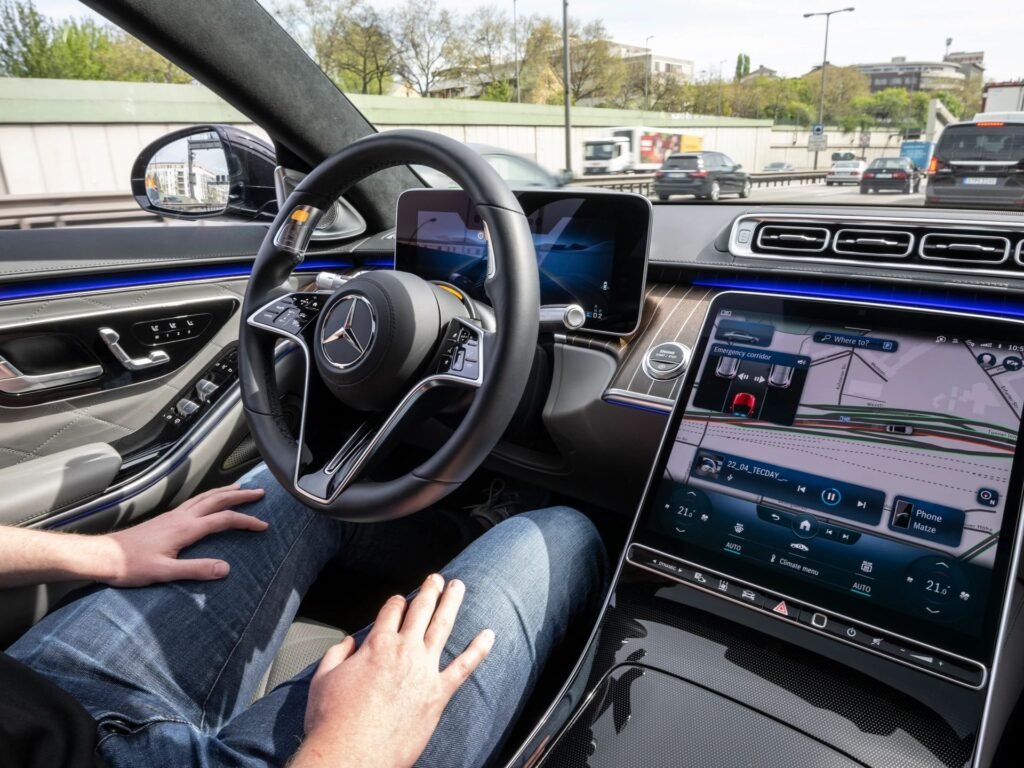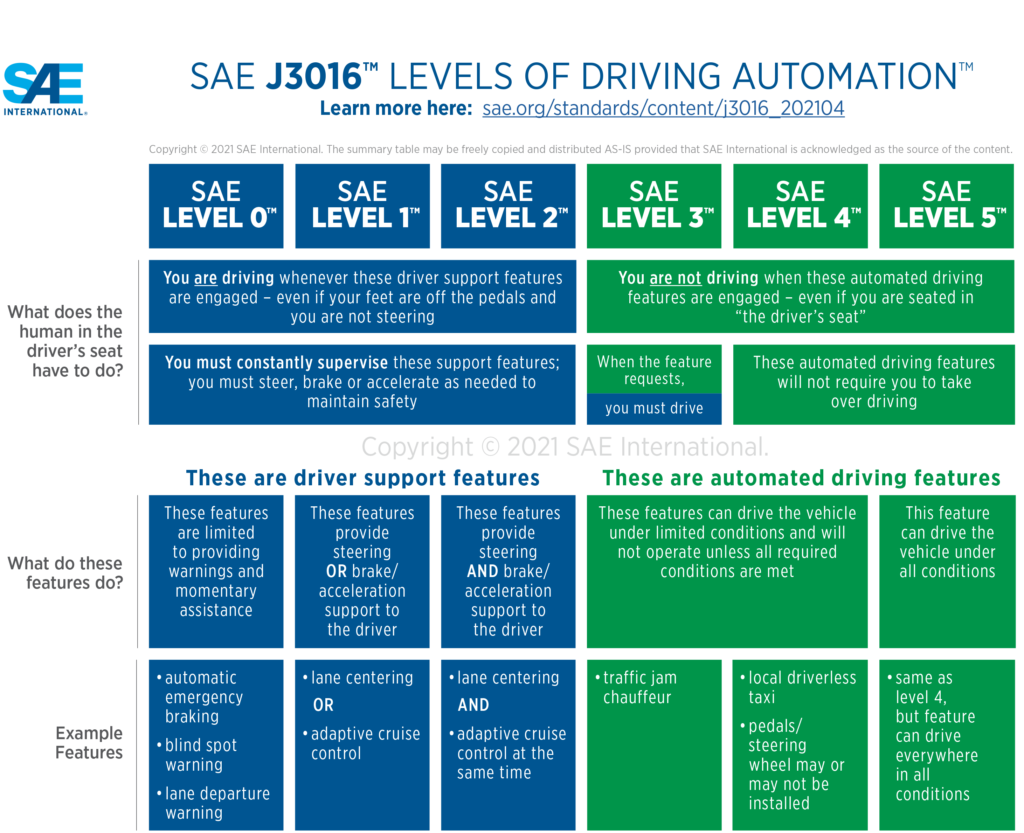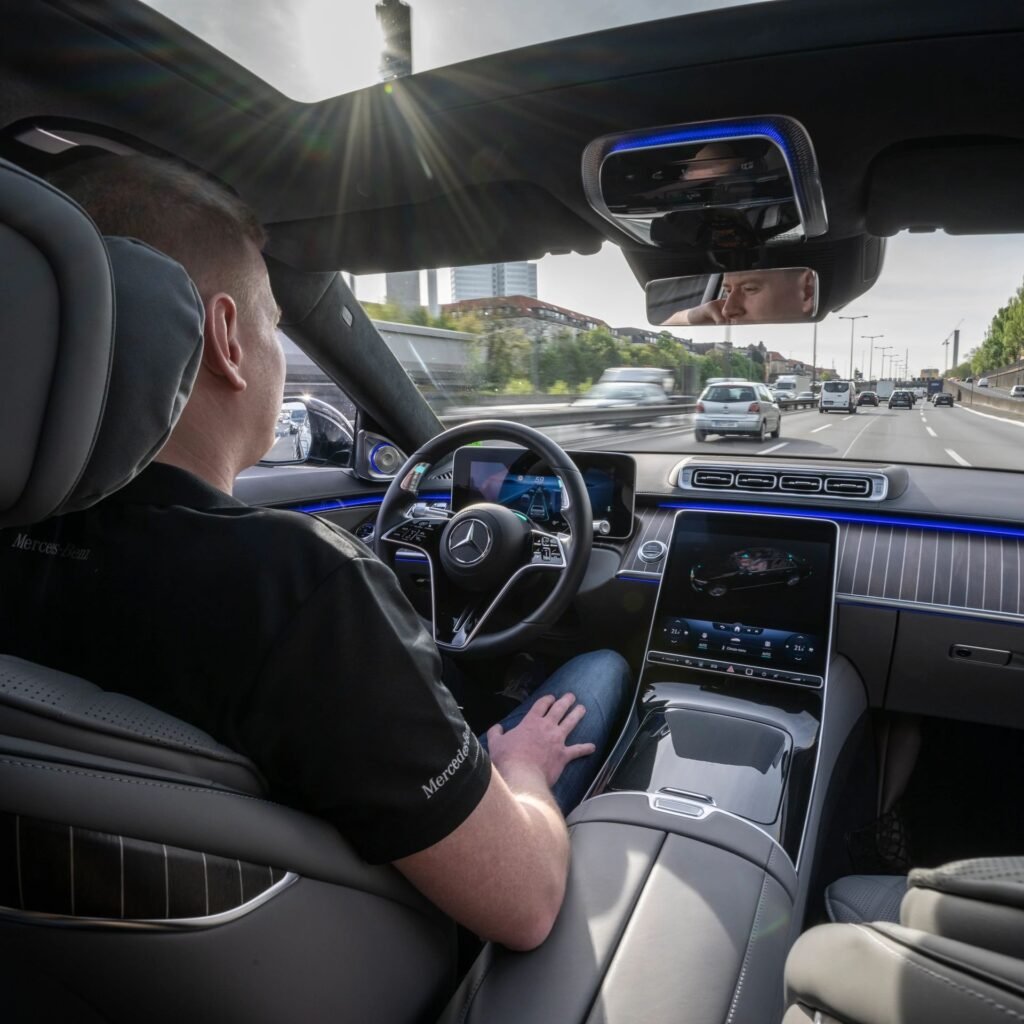Mercedes-Benz claims to have achieved Level 3 autonomy in the United States — “conditionally automated” vehicles that can monitor their driving environment and make informed decisions on behalf of the driver, but still require humans to take over on occasion — an incremental but significant step toward a future devoid of steering wheels and foot pedals.

Mercedes demonstrated the new capability, which is part of its Drive Pilot system, last year, implying that drivers might play Tetris while speeding down the highway — but the technology still has lots of limitations in 2023.

Level 3 autonomy-capable software from Mercedes-Benz was recently certified for usage in Nevada, but only up to 40 mph.Mercedes is trying to position itself as the pioneer in the autonomous driving space, which has been dominated by the likes of Tesla, General Motors, and Ford.

Level 3 is still a long way from the comprehensive self-driving features seen in science fiction, and in many respects resembles the Level 2 systems now in use on the road. It can maintain the car in its lane, modify its speed based on the vehicle in front of it, and even change lanes.

Level 3 is not universally seen as a logical move forward. As Waymo and Cruise have argued, moving from Level 2 to Level 4 technology — technologies that may let a driver to take a sleep — makes a lot more sense since the hand-off between people and their software-based aides can be flawed or even catastrophic.
But whether sifting to Level 3 is a step in the right direction — or even more of a distraction for drivers on the road — remains to be seen.
Reference- Mercedes-Benz Newsroom, The Verge, Inside EVs, The Drive






